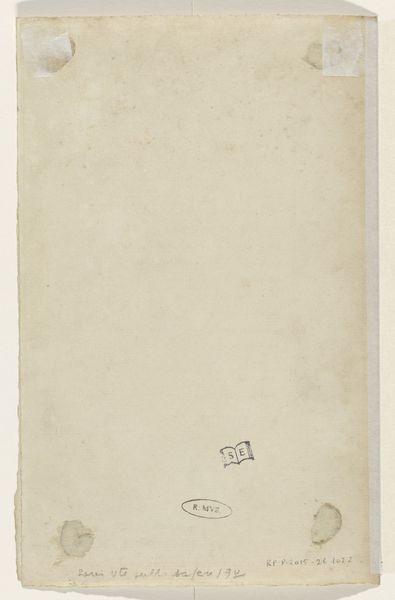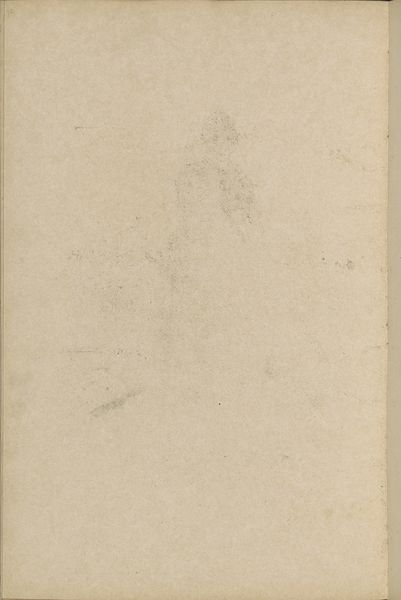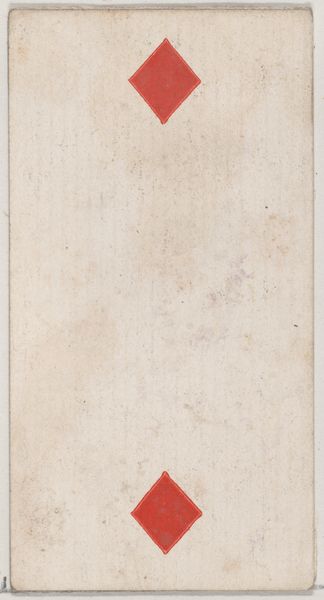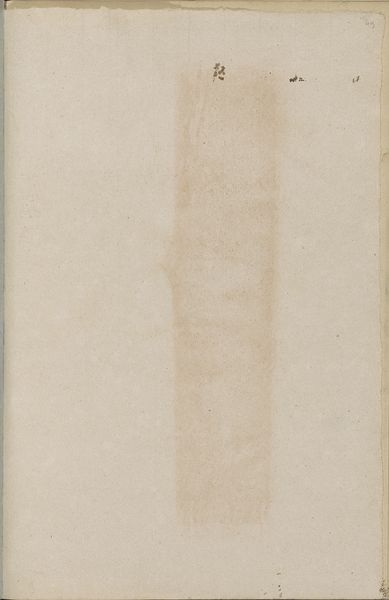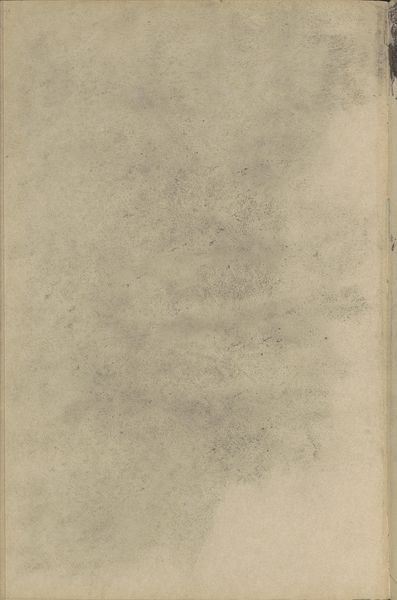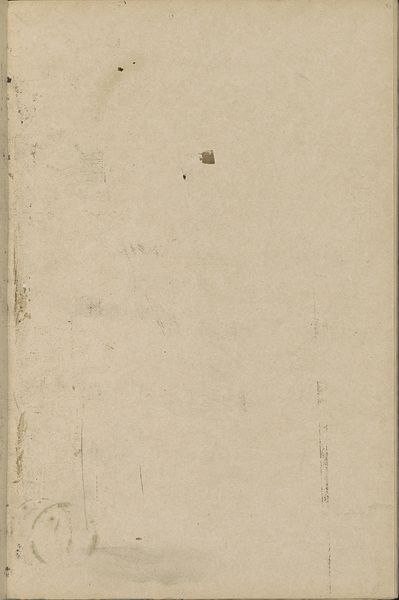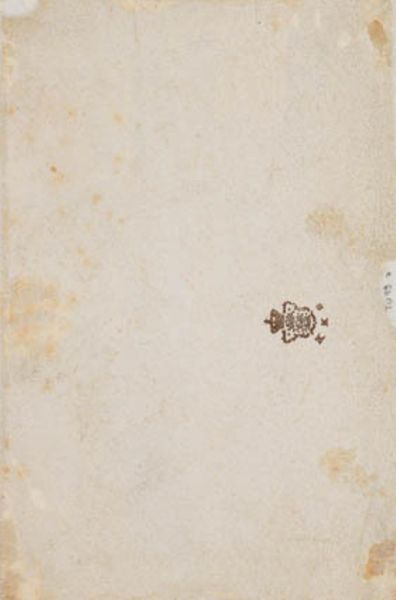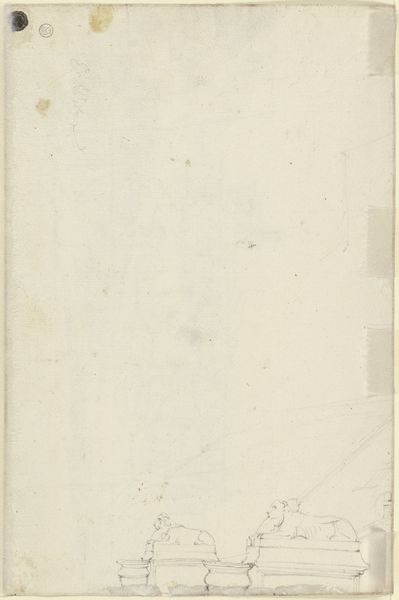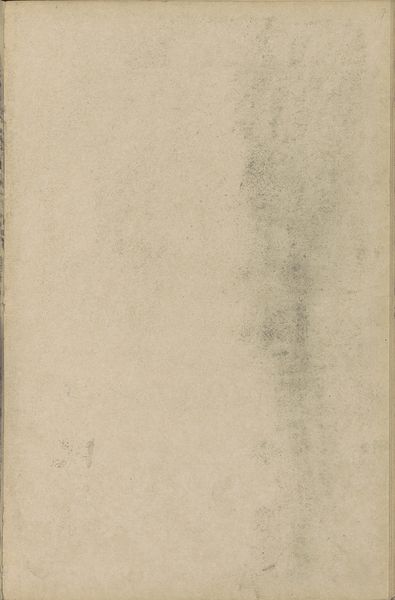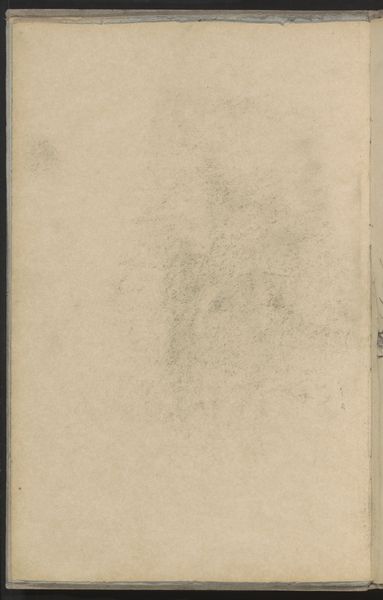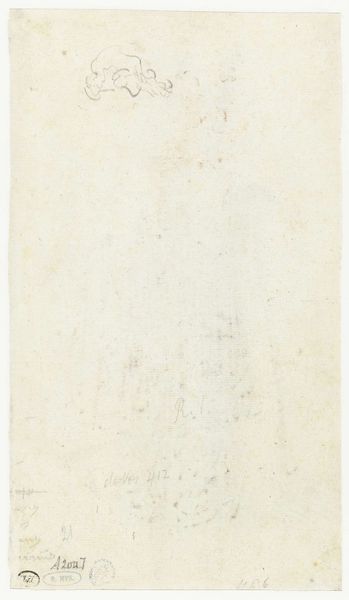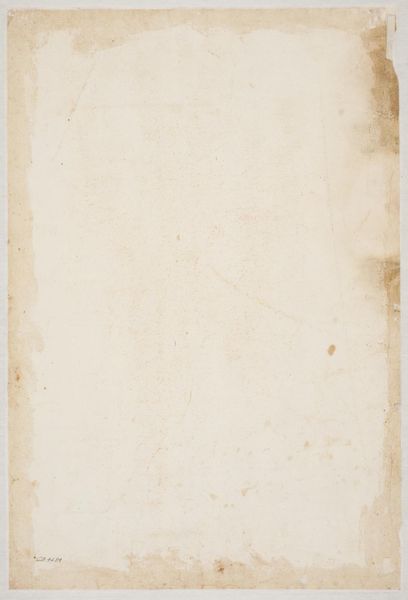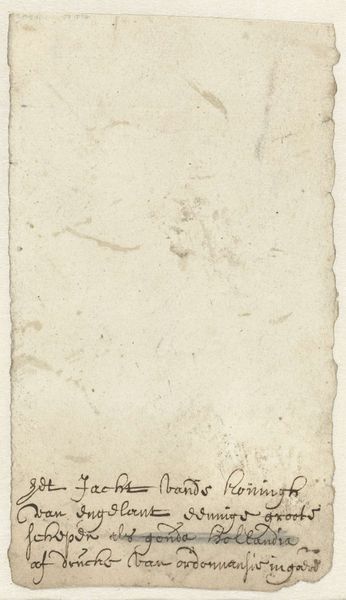
drawing, paper, ink
#
drawing
#
water colours
#
paper
#
11_renaissance
#
ink
#
northern-renaissance
#
watercolor
#
erotic-art
Dimensions: 149 mm (height) x 92 mm (width) (bladmaal)
Editor: We’re looking at "The boy's genitals," a drawing by Hans Baldung from around 1520 to 1525, created with ink and watercolors on paper. I find the delicacy of the lines remarkable, almost anatomical, yet there's something almost crude in the directness. What strikes you about this piece? Curator: Well, immediately, I'm drawn to consider the paper itself – its origins, its cost, and the very act of procuring it during that era. Paper was not the universally accessible commodity it is now. What does it mean to depict the mundane – the child’s body, the genitals– on such a comparatively precious surface? The availability and distribution networks of materials dictate the possible subjects deemed worth of capturing, which subsequently affects canon formation. Editor: So, the value of the materials elevates what might otherwise be considered an everyday subject? Curator: Precisely. The materials speak volumes about artistic intention and cultural value. Also, what kind of inks and watercolor pigments were accessible to Baldung? Examining that production and its origins provides another level of investigation in how cultural value and aesthetic quality is manufactured through labor, materiality, and consumption. The intersection of access to material, skill of labor, and valuation opens critical avenues of exploration of Northern-Renaissance art production. Editor: That's fascinating! I never considered the economic and material implications of art production back then. It really makes you think about who had access to create and what they chose to depict. Curator: It does. And how that impacts what we see and value centuries later. Understanding these factors shifts our perception entirely.
Comments
No comments
Be the first to comment and join the conversation on the ultimate creative platform.
